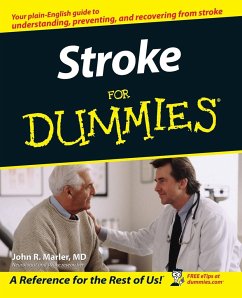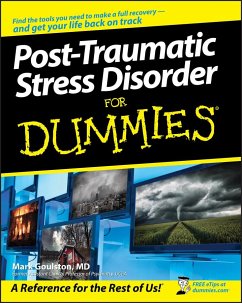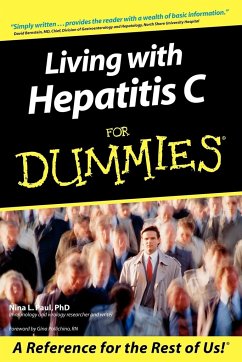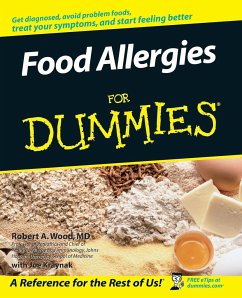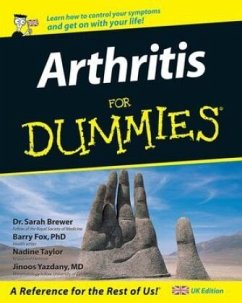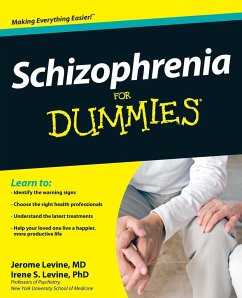Nicht lieferbar

Understanding Autism For Dummies
Versandkostenfrei!
Nicht lieferbar
Identify signs and symptoms for early interventionGet the right diagnosis and customized treatment plan for your loved one or yourselfThis reassuring guide explains the symptoms of autism, how it's diagnosed, and the current options for treatment. You'll get helpful information on the latest in genetic and biomedical research, as well as coverage of special-needs financial planning, legal rights for education, and handling issues unique to adults with autism.Discover how to_ Find and work with autism specialists_ Create and help manage an effective educational plan for your child_ Enhance comm...
Identify signs and symptoms for early intervention
Get the right diagnosis and customized treatment plan for your loved one or yourself
This reassuring guide explains the symptoms of autism, how it's diagnosed, and the current options for treatment. You'll get helpful information on the latest in genetic and biomedical research, as well as coverage of special-needs financial planning, legal rights for education, and handling issues unique to adults with autism.
Discover how to
_ Find and work with autism specialists
_ Create and help manage an effective educational plan for your child
_ Enhance communication and social skills
_ Evaluate treatment options
_ Explore other helpful autism resources
Get the right diagnosis and customized treatment plan for your loved one or yourself
This reassuring guide explains the symptoms of autism, how it's diagnosed, and the current options for treatment. You'll get helpful information on the latest in genetic and biomedical research, as well as coverage of special-needs financial planning, legal rights for education, and handling issues unique to adults with autism.
Discover how to
_ Find and work with autism specialists
_ Create and help manage an effective educational plan for your child
_ Enhance communication and social skills
_ Evaluate treatment options
_ Explore other helpful autism resources




